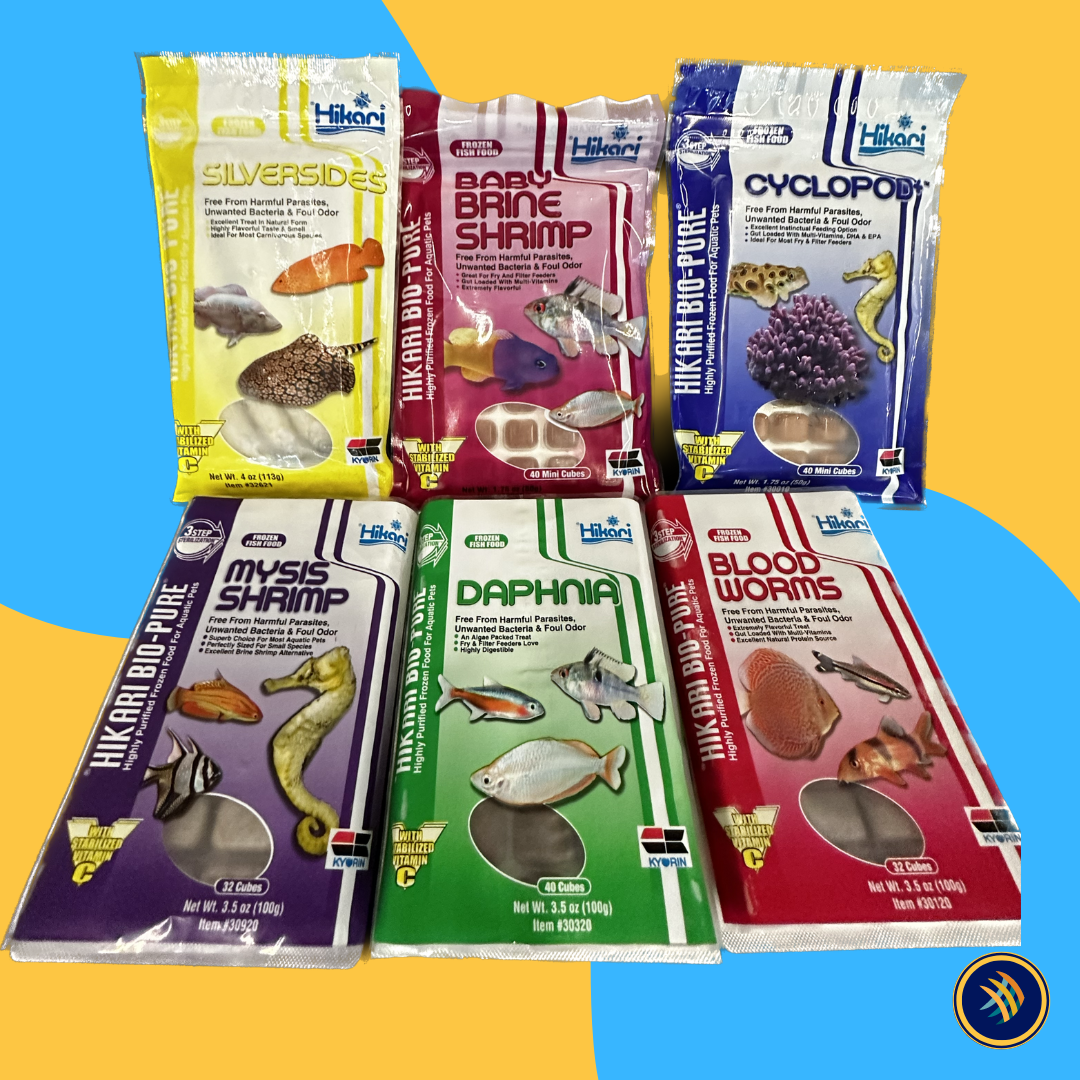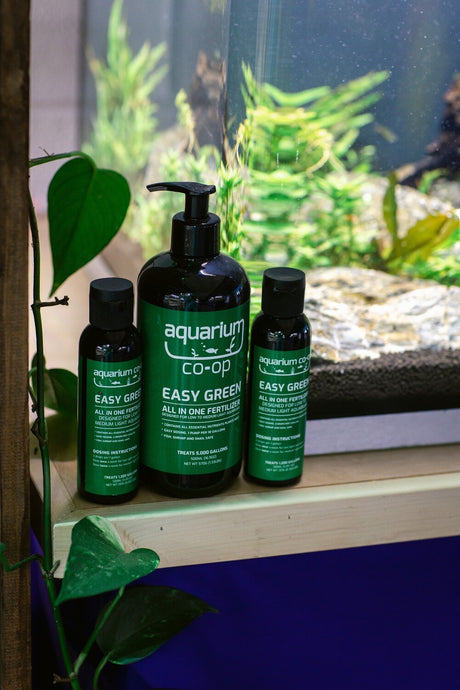Continuously feeding your fish tank inhabitants with just fish flakes or pellets is equivalent to a person solely living on protein shakes. Although these foods contain a balanced assortment of necessary nutrients, wouldn't it be wonderful to occasionally indulge your fish with a gourmet food experience? Enter frozen fish food. This top-tier fish feed is loaded with high-grade proteins, beneficial fatty acids, and vitamins, akin to what fish would naturally find in their original wild habitats, making it irresistible to finicky eaters or unwell fish. Providing an additional layer of dietary diversity, frozen foods are widely favored by breeders for the purpose of preparing their fish for Offspring production.
Characteristically packaged into easy-to-use individual cubes or sizable slabs to be divided as needed, frozen fish foods contain entire ingredients that are processed by means of flash freezing. This method helps maintain the nutritional integrity of the ingredients while eliminating disease-causing organisms. A variety of frozen fish foods is available at your local aquatic pet store, or through online vendors.

Betta fish, pufferfish, and loaches are partial towards protein-rich feeds, and frozen bloodworms never disappoint these fish variants. Contrary to its name, "bloodworms" are the larvae of midge flies often found in various freshwater sources and are a diet staple among fish, amphibians, and aquatic insects. Their striking red shade is not due to any artificial dye but is naturally derived from the hemoglobin present within their bodies. Depending on the size of your fish, frozen bloodworms are available in mini, regular, and jumbo varieties. For breeding-purpose Corydoras and other such species, frozen tubifex worms serve as an effective option.
Fish species susceptible to bloating and constipation from excessive protein intake include betta fish, goldfish, and Apistogramma cichlids. Enter the Artemia brine shrimp, a tiny aquatic crustacean, and an ideal fish food solution for these conditions. The tough chitin exoskeleton of the shrimp is indigestible by most fish and functions as a source of dietary fiber, facilitating the bowel movement of your fish. Adding to the nutritional value, frozen spirulina brine shrimp are infused with vitamin-rich spirulina algae which also foster natural color enhancement in your fish.
Tiny fish and filter feeders might find it difficult to consume large pieces of frozen food. For these, consider smaller alternatives like frozen cyclops and daphnia. Both these tiny crustaceans are a rich protein source, and akin to the brine shrimp, their exoskeletons support the digestive health of your aquatic friends. For fry fish, frozen baby brine shrimp packs all the necessary nutrients owing to the yolk sacs they still possess.
For giant fish, opt for foods containing larger ingredients such as krill, mysis shrimp, and silversides. If you have particularly large species of fish, consider human consumables such as frozen shrimp, fish fillets, and prawns. Certain types of pufferfish also require hard-shelled food in their diet to manage their continuously growing teeth - for them, stock up on frozen oysters and clams.
Feeding Frozen Food to Your Fish
You can easily add frozen food to your fish diet by just dropping a cube or piece of the food directly into the tank, which will quickly thaw and become ready for your fish to snack on. For controlling the quantity of food being consumed at once, you could use a worm feeder cone.
However, some aquarium enthusiasts prefer to thaw the food first in a small jar of tank water and then feed their fish with the aid of a pipette or turkey baster. This method is particularly helpful when you need to feed a large number of tanks or when a certain fish species is easily outdone during feeding time. For picky eaters, thawing out the frozen food without water and then adding a few drops of vitamin supplements has proved to be beneficial.
As a rule of thumb, avoid leaving frozen food at room temperature beyond 30 minutes to prevent it from spoiling and emitting a foul smell. Refreezing any food which has already been thawed at room temperature may also promote bacterial growth, which could contaminate the food. Timely plan your feeding schedule to avoid wasting food and keeping others in your home content.
Providing Answers for Frequently Asked Frozen Fish Food Queries
1. Can I feed my aquarium fish frozen foods only?
While frozen food can provide a range of beneficial nutrients for your fish, it shouldn't be the only food source. A balanced diet of dry food, live food, fruits & vegetables (where necessary), and frozen food is usually best for most fish.
2. How often should I serve frozen foods to my fish? T
he frequency of serving frozen food depends on your fish's dietary needs and the diversity of the diet you want to provide. Generally, you can feed your fish frozen food once or several times a week.
3. Do I need to defrost frozen fish food before feeding?
It's not necessary, but some owners prefer to do so. You can thaw the food in a cup of tank water before feeding. This way, the food is softer and you can distribute it evenly in the tank.
4. Are frozen foods safe for all types of freshwater aquarium fish?
Frozen foods are safe for most types of freshwater aquarium fish. However, some small fish or fish with small mouths may have trouble with large pieces. It's always best to use a size-appropriate food for your species of fish.
5. Does frozen fish food expire or go bad?
Yes. Like any frozen product, frozen fish food can expire and it's essential to follow the storage instructions on the package. Irregularities in texture, color, or smell are usually a good indicator that the food has gone bad. Never refreeze thawed food as bacteria may have already started to grow.


